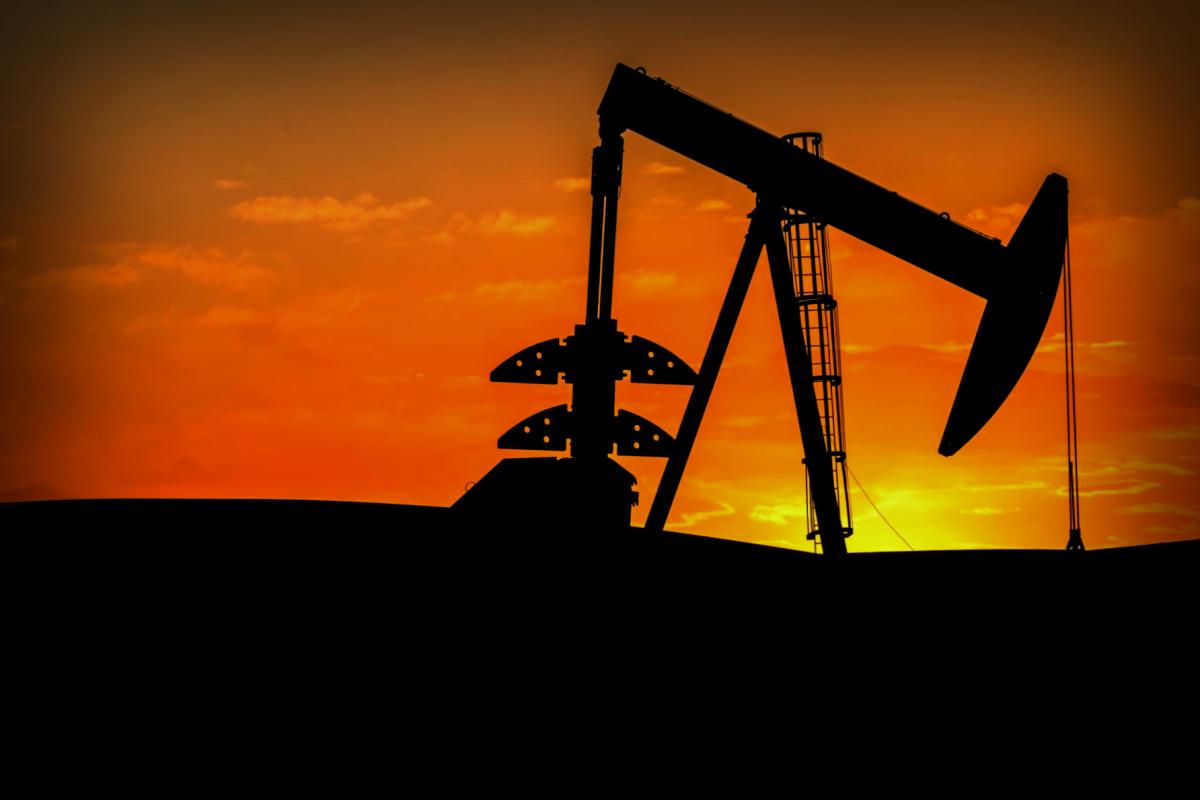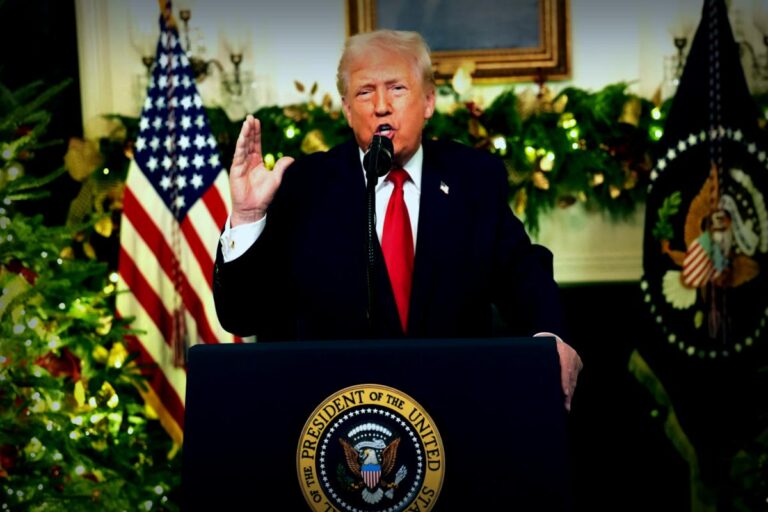Despite the backing of President Donald Trump, the atmosphere in the oil industry is anything but festive. Recent insights from the Dallas Fed Energy Survey highlight that oil and gas activities have dipped once again, impacted heavily by rising costs, unpredictable policies, and the confusion surrounding new tariffs.
Conducted in mid-September among executives from 139 firms across Texas, northern Louisiana, and southern New Mexico, the survey revealed that the business activity index reached a concerning -6.5, marking two consecutive quarters of decline.
A dismal prospect looms ahead as the company outlook index plummeted to -17.6 from the previous -6.4, with over 44% of organizations indicating that uncertainty remains high. The production of oil and natural gas has slightly decreased, compounded by surging costs across every aspect from drilling to equipment leasing.
The Noise of Dismay
Respondents shared their frustration candidly in the survey’s anonymous comments. One executive condemned the unpredictability in administrative policies, stating, “The uncertainty from the administration’s policies has put a damper on all investment in the oil patch. Those who can are running for the exits.”
Another pointed out that the administration’s hefty tariffs on steel and aluminum have significantly inflated business expenses. This trend is evident for exploration and production firms, where finding and development costs have skyrocketed this quarter, in addition to steep rises in lease operating expenses.
Oilfield service companies are still reeling, reporting their profit margins in the red. One such company noted that the sector feels like it’s in a state of constant loss.
Operators highlighted that rising costs from tariffs on materials and components make many wells financially unfeasible. “Tariffs are making production more expensive. We’re caught in a vice with increased costs due to tariffs and downward pricing pressure from our customers,” lamented an executive from the service sector.
A Somber Investment Environment
This combination of weak pricing coupled with heightened costs has smothered capital expenditure. The survey illustrated a sharp decline in capital investments, with the index lowering to -11.6 from -3.0.
One operator stressed that the uncertainty in regulatory policy socked spending in the gut. “Day-to-day changes in energy policy are no way for us to win as a nation,” the operator emphasized, adding, “Investors shy away from energy due to volatility and the risk that comes from governmental policy shifts.”
These concerns echo in the drifted price expectations: many now anticipate that West Texas Intermediate crude will close out 2025 at just $63 per barrel, marginally above the current levels noted during the survey. The outlook for two years later predicts a minor bump to $69, and $77 in five years—figures that a lot of independent players deem inadequate to warrant fresh drilling efforts.
The Shale Vision Fades
Ten years back, the U.S. shale was considered a groundbreaking element of the global energy trade. Today, industry insiders label it as broken, especially while Trump removes tax incentives for renewable energy.
One commenter pointed out that the scarcity of available capital is swiftly leading to consolidation within major companies, effectively pushing out the independents and innovators who previously embodied the shale explosion. “We now see a handful of giants at the top, but they’ve brought on considerable job losses and obliterated the innovative culture that made the U.S. shale market remarkable,” lamented the source.
Others voiced concerns about political swings from both parties creating instability, warning that just as the gallows being wielded against renewable plants today could come back fiercely against traditional energy in forthcoming years.
While Trump believes that invigorating national drilling will propel an American energy comeback, his own policy moves are piling up costs, stifling investment, and leaving numerous operators stagnant.
“We’re bound to lose knowledgeable team members once more,” mused one executive sadly, adding, “Drilling is on the brink of vanishing.”
This story originally appeared on Fortune.com.



















